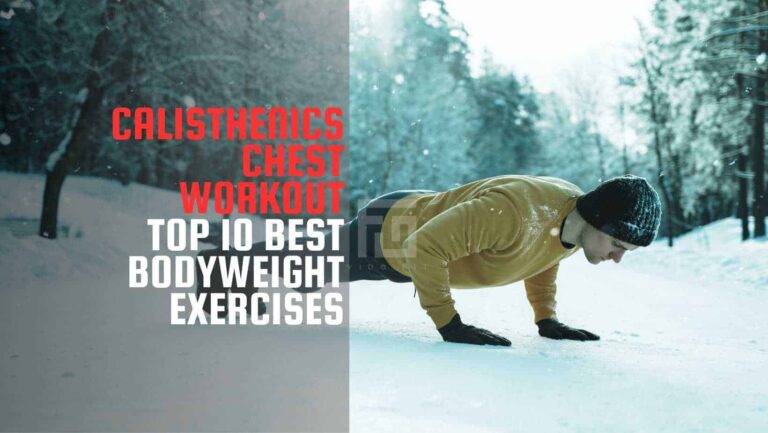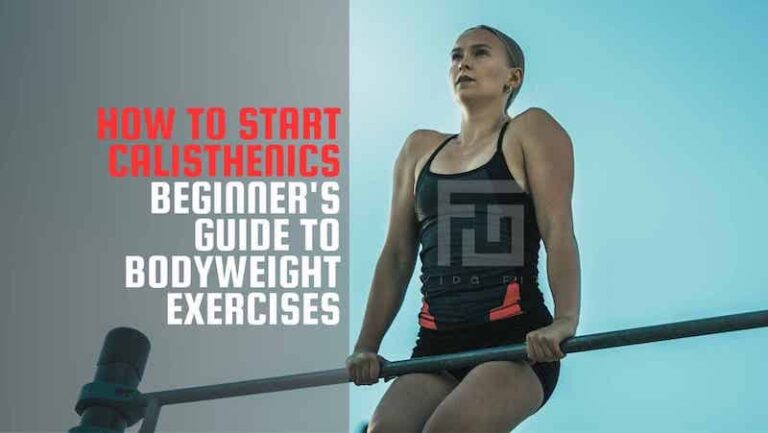Are You Not Using The Milo Of Croton Progressive Overload Method In Calisthenics?
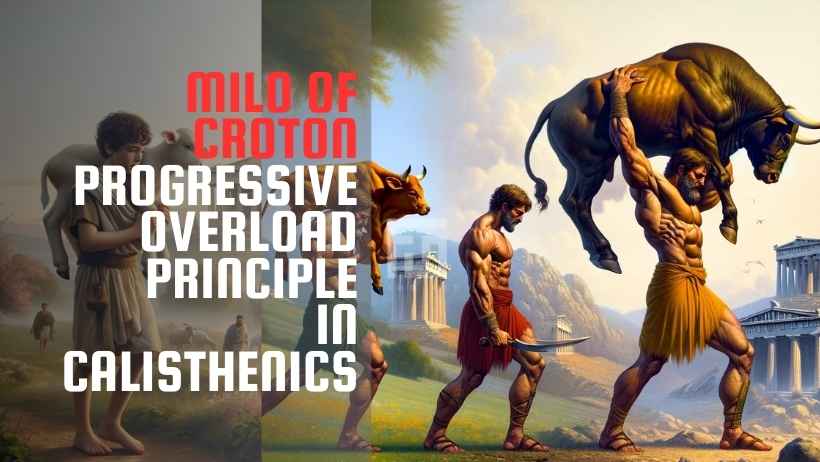
Before we dive into the topic, let’s uncover the intriguing tale of Milo.
The story of Milo of Croton dates back to the 6th century BC.
He was a famous wrestler who lived in ancient Greece.
Milo, an ancient Greek wrestler, and six-time Olympic champion, is a symbolic tale transcending time.
It finds resonance in strength training and is often associated with progressive overload.
A well-known story involving a calf illustrates this principle.
🐑 Legend has it that Milo carried a newborn calf on his shoulders daily, and as the calf grew in size, so did Milo’s strength and muscles.
✏️ This tale serves as a metaphor for the progressive overload method, where the resistance or challenge in training is systematically increased over time to stimulate muscle growth and strength development.
Table of Contents
➡️ The Milo Of Croton Progressive Overload Method
🐑In this method, the calf represents the external resistance that Milo carried around.
✏️ By consistently lifting a heavier load (the growing calf), Milo adapted to the increasing challenge leading to remarkable physical development.
✏️ This ancient example highlights the timeless wisdom of progressive overload, emphasizing its effectiveness in achieving sustained progress in strength and muscle gains, whether in the context of lifting a calf or modern Calisthenics.
➡️ How Do You Build Muscle In Calisthenics Following The Principle Of Progressive Overload?
In simple terms, progressive overload gradually makes your muscles work harder.
Milo’s daily calf-lifting routine might sound extreme, but it perfectly illustrates the concept!
✏️ This principle has become the backbone of modern resistance training, essential for making muscles adapt, grow, and boost overall athletic performance.
✏️ In essence, the progressive overload principle is about providing a systematic and controlled increase in the demands placed on the body, promoting positive physiological changes and better performance over time.
➡️ Progressive Overload – Why Is It The Most Fundamental Training Principle?
Here’s the deal: It’s all about making your workouts more challenging over time.
✏️Coach Greg Douce in his YouTube Video calls it: Training Harder Than Last Time.
📢A shout out to Coach Greg for his teachings!
✏️Coach Greg focuses on Bodybuilding, but the principle of Training Harder Than Last Time and Progressive Overload applies 100% to Calisthenics workouts.
If you train Harder Than Last Time, It’s like telling your muscles, “Hey, let’s get stronger and grow!”
🥼 Scientists have tried it with people who do desk jobs, those who’ve battled cancers, and even folks working in challenging industries.
🥼Making your workouts a bit tougher each time may help relieve pain, get stronger, and feel better.
Now, the trick is to design your workout plan just right.
You don’t want to go too comfortable, but you don’t want to go too hard too fast because ”overtraining” can lead to negative effects rather than progress.
🥼 This Sports Medicine and Rehabilitation article explains that progressive overload is the most fundamental training principle in strength training exercise program design!
➡️ The Basic Premise Of The Overload Principle
The fundamental idea behind the overload principle is to consistently challenge the body during exercise by gradually increasing the intensity, duration, or frequency of the workout.
The principle concept involves:
✅Stimulating adaptations in the body, meaning that your body will adapt to the heavier load
✅Improving strength, which means you’ll get stronger
✅Enhancing endurance, which means you can complete harder workouts and get bigger tones muscles
✅Boosting overall fitness – basically means that you won’t look like a couch potato 🥔.
➡️ The Biological Basis For The Training Principle Of Progressive Overload
Imagine your body is like a superhero that gets stronger with exercise.
Here’s the secret: your body goes into superhero mode when you work out and make things a bit harder each time, like lifting heavier weights or doing more reps.
🥼 Scientists found that inside your body, tiny molecules called microRNAs play a role in making your muscles grow and adapt during this process.
🥼 This American Journal of Physiology article has shown that progressive overload leads to changes in gene expression, ultimately resulting in muscle hypertrophy and increased strength!
So, I am saying that making your workouts gradually more challenging triggers these superhero-like changes inside you.
➡️ How To Practically Apply The Progressive Overload Principle In Calisthenics
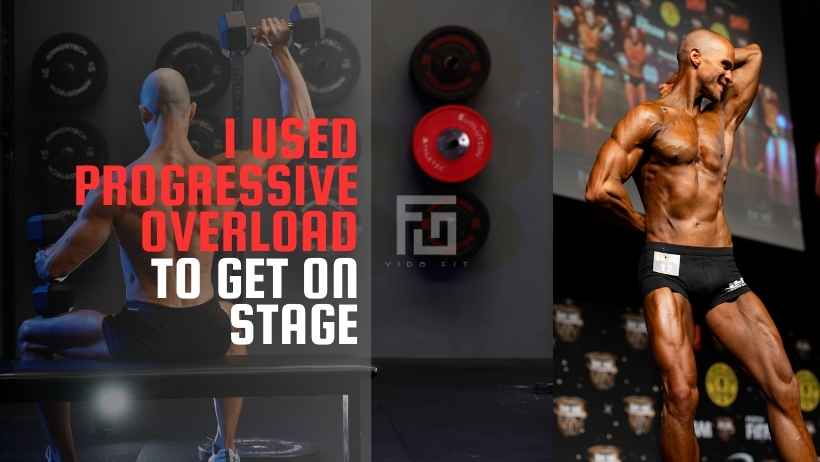
Now that I have beaten the horse to death 🐴, here is how you can apply progressive overload in your Calisthenics workouts.
When discussing overload in Calisthenics, I mean challenging your muscles to strengthen and grow. Here’s how you can do it:
1️⃣ Change Up Your Moves: For push-ups, try putting your feet up or doing decline push-ups to make it more challenging on your upper body.
2️⃣ Increase the number of rets: You can increase the number reps. So next time, just do one (1) more pull up, or just 1 more rep than last time.
3️⃣ Increase the Number of Sets: You can increase the number of sets in your workout. For example, try adding one more set to your weekly program.
4️⃣ Decrease the Rest Time: Avoid resting for too long. If you take too long of a break, your muscles might cool down. Normal rest is between 1-2 minutes. If, during the last workout, you rested for 2 minutes (120 seconds) between sets, try resting for 100 seconds during the next workout.
5️⃣ Add weight to your workout: Include a weighted vest or resistance bands to your exercises.
6️⃣ Keep Track of Progress: Monitor how many push-ups or pull-ups you can do and see yourself improving. It’s like leveling up in a game – you adjust your workout based on how much stronger you’re becoming.
7️⃣ Manipulate tempo: Be conscious of the movements during the exercises. Do not let inertia control your exercises. For example, when you are doing pull-ups, try to lower your body slowly and not just use momentum.
ℹ️ I am incorporating progressive overload into my calisthenics routine.
ℹ️ For instance, gradually increasing the difficulty of exercises, such as combining weighted pull-ups and changing grip positions, has significantly contributed to noticeable gains in specific muscle groups.
ℹ️ Keeping a close eye on progress, like tracking the number of reps and sets, has been crucial for tailoring my workouts and consistently pushing my limits for optimal results.
ℹ️ In my experience, the most important thing to understand is that no specific number of repetitions in a set will guarantee muscle growth.
ℹ️ It is crucial to push yourself and combine this with other factors contributing to muscle growth. These factors may vary from person to person.
ℹ️Progressive overload is what helped Fernando get on stage on a Bodybuilding competition in 2022.
Did you read my article? Benefits Of Calisthenics | Why It Is Great And Why You Should Do It?
➡️ Wrapping Up On The Milo of Croton Progressive Overload Method

In Calisthenics, the Milo of Croton Progressive Overload Method serves as a beacon to reach your goal.
Milo’s tale, carrying a growing calf, metaphorically illustrates the essence of progressive overload – a journey of unlocking our body’s superhero potential through by Pushing Harder Than Last Time.
Applying this principle in Calisthenics involves creative variations, consistent progress tracking, and pushing limits for better results.
This article has been written in collaboration with Nilsu Nam, who graduated from college with a degree in Nutrition and Dietetics. She specializes in sports and weight loss nutrition.
